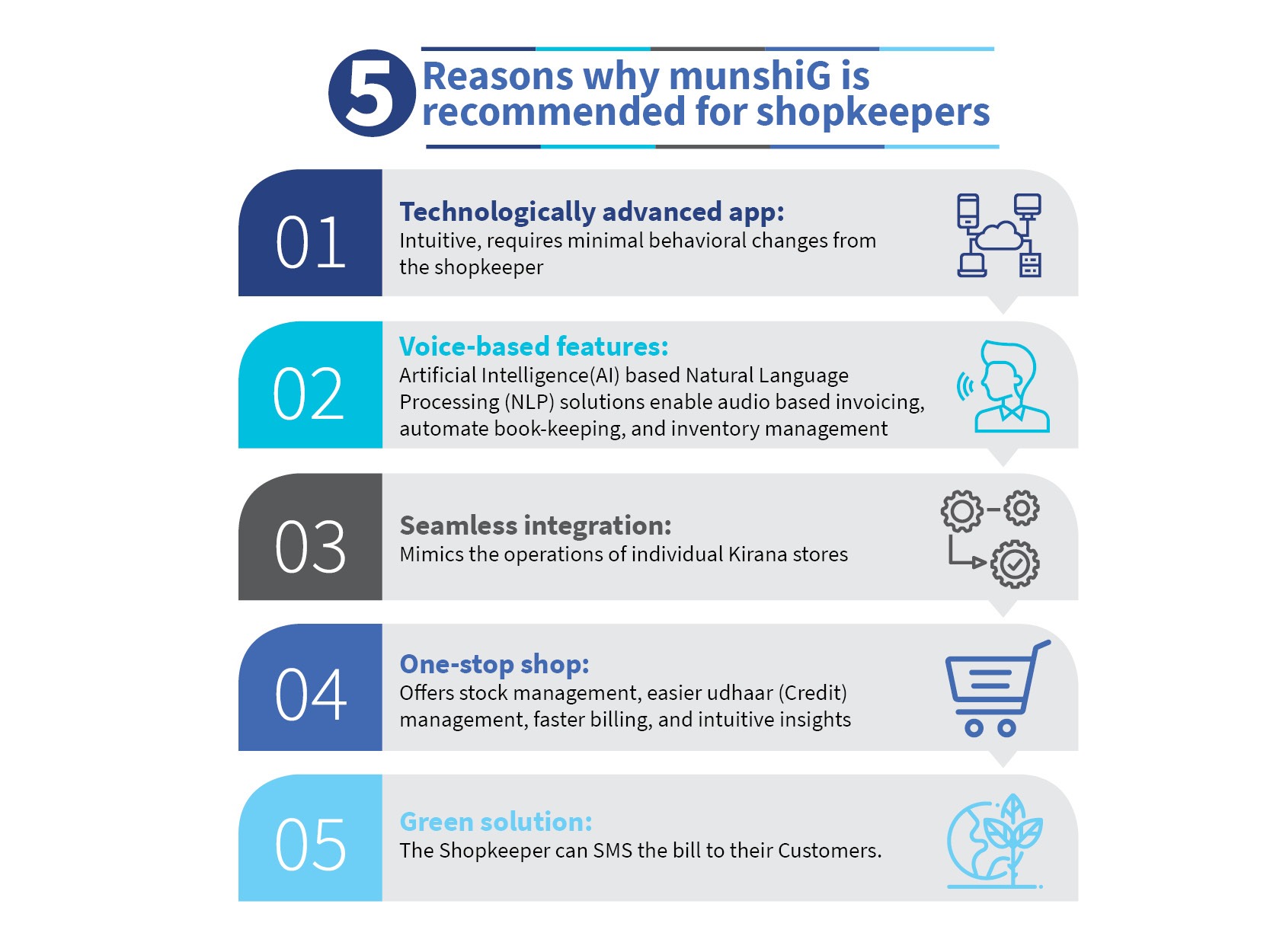This blog post is part of a series that covers promising fintechs making a difference to underserved communities and supported by the Financial Inclusion Lab accelerator program. MSC is a partner to the FI Lab, which is a part of CIIE’s Bharat Inclusion Initiative.
| Just hours away from booming urban setups, an average agricultural household in India makes a mere INR 6426 (around USD 100) per month: shockingly inadequate but surprisingly common. According to agricultural census of 2015-16, as many as 126 million, or 86% of Indian farmers are small and marginal landholders with a land size of under two hectare. Farmers, especially the smaller ones, lack access to affordable and timely credit, preventing them from enhancing their income – keeping them trapped in a vicious cycle. Could there be a way out? |
Today, smallholder farmers are the lowest priority for financial lenders and other service providers in the agriculture sector. The need of the hour is to fill the gap by enabling financing to such farmers at a lower cost.
Smallholder farmers regularly face issues of expensive and untimely financing, high-cost and low-quality agri-inputs, legacy or obsolete harvesting techniques, and an opaque supply chain. This leads to a sub-optimal realization of produce, making them a rare business entity that buys at retail prices and sells at wholesale prices—inverting the fundamental economic model, and leading to consistent net losses. While the Indian government has undertaken several initiatives to improve access to credit, the same could not reach to a majority of smallholder farmers.
Jai Kisan exists to disrupt this landscape by changing the lending ecosystem for smallholders. Jai Kisan is a fintech platform that caters exclusively to farmers by giving them access to finance, and enabling financial health in emerging rural markets.
Born from firsthand experience

 Co-founders Arjun (CEO) and Adriel (COO), graduated from Texas A&M University with expertise in investing, structuring, and operations. They got early exposure to solutions, thought leaders, and professors who championed the idea of serving the consumers at the bottom of the socioeconomic pyramid. However, it is when they saw firsthand how access to financial services could enable development in rural emerging markets—and how the rise of the rural consumer is the next big opportunity-that the idea of Jai Kisan was born.
Co-founders Arjun (CEO) and Adriel (COO), graduated from Texas A&M University with expertise in investing, structuring, and operations. They got early exposure to solutions, thought leaders, and professors who championed the idea of serving the consumers at the bottom of the socioeconomic pyramid. However, it is when they saw firsthand how access to financial services could enable development in rural emerging markets—and how the rise of the rural consumer is the next big opportunity-that the idea of Jai Kisan was born.
Defeating the credit crunch through a comprehensive fintech platform exclusively for farmers
Jai Kisan is committed to breaking the current informal credit culture that stunts the economic and social growth of farmers. To begin with, it treats farmers as businesses rather than as consumers while facilitating formal credit efficiently. Jai Kisan’s FinTech platform analyzes farmers better, monitors the end use of capital, mitigates production risk, and facilitates repayment.
A unique pitch: Thriving with technology, differential lending
Jai Kisan utilizes a hyper-local credit-scoring assessment based on streams of financial and alternate data. Its credit-scoring platform assesses the risk of farmers quite accurately, enabling financing them at a lower cost. With its unique features and offerings, Jai Kisan aims to differentiate itself from the other players, through an innovative securitization solution that caters to current market needs.
Differentiators of Jai Kisan
Evolution: Unlocking ways to help Jai Kisan expand strategically and extensively
The Centre for Innovation Incubation and Entrepreneurship (CIIE) and MicroSave Consulting (MSC) conducted boot camps and diagnostic sessions to support Jai Kisan to build multiple business skills and identify present and future impediments to their business. Various experts in the field of technology, Corporate Social Responsibility (CSR), and agriculture guided the Jai Kisan team on setting up their IT infrastructure, and mentored and advised the team on improving business plans and building their competitor matrix.
The current model of Jai Kisan requires them to extensively understand the region: including the dynamics of key agriculture value chains, agro-climatic zone, the progressiveness of farmers, existing level of mechanization, and potential demand for equipment financing, before they can begin lending operations. They also need to understand other factors such as credit culture among farmers, a network of input retailers, the existing relationship between key stakeholders, processing or aggregating units, and markets, among others. It needs efficient methods to evaluate the potential of an area and make a go or no-go decision.
The MSC team supported Jai Kisan in assessing the suitability of Barwani district in Madhya Pradesh for geographical expansion of their operations. It was based on a number of factors such as farmers’ outlook towards agriculture; comfort levels in using technology, such as computers, smartphones, and feature phones; and credit behavior of farmers.
MSC also built the capacity of Jai Kisan and equipped them with an assessment template to customize and use in the future for similar assessments while venturing into new geographies.
Advance Mulching Technique MSC team with Farmers
The future is flourishing
Jai Kisan plans to scale to 100 operational channel partner locations across Maharashtra, Madhya Pradesh, Karnataka, and Rajasthan by the end of 2019. Further, it aims to invest heavily in building partnerships with credible stakeholders, including input suppliers and buyers. It intends to offer bespoke sustainable financing options across several farm mechanization solutions, enabling many smallholder farmers to reap the benefits in the future.
Follow #TechForAll and #BuildingForBharat to stay updated on fintech start-ups driven to bridge the social, financial and economic inclusion gap.


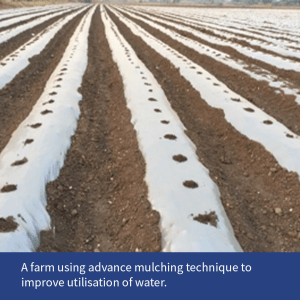
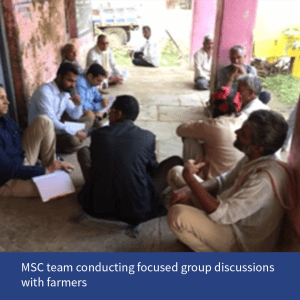
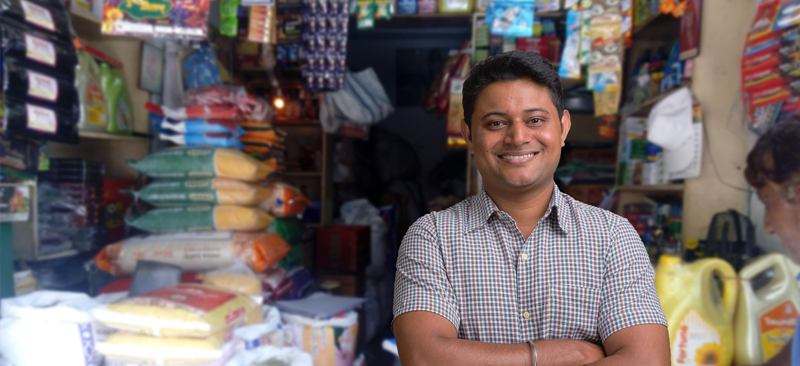
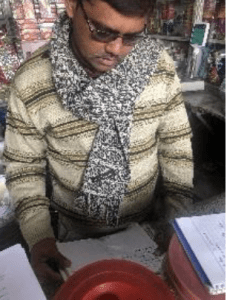

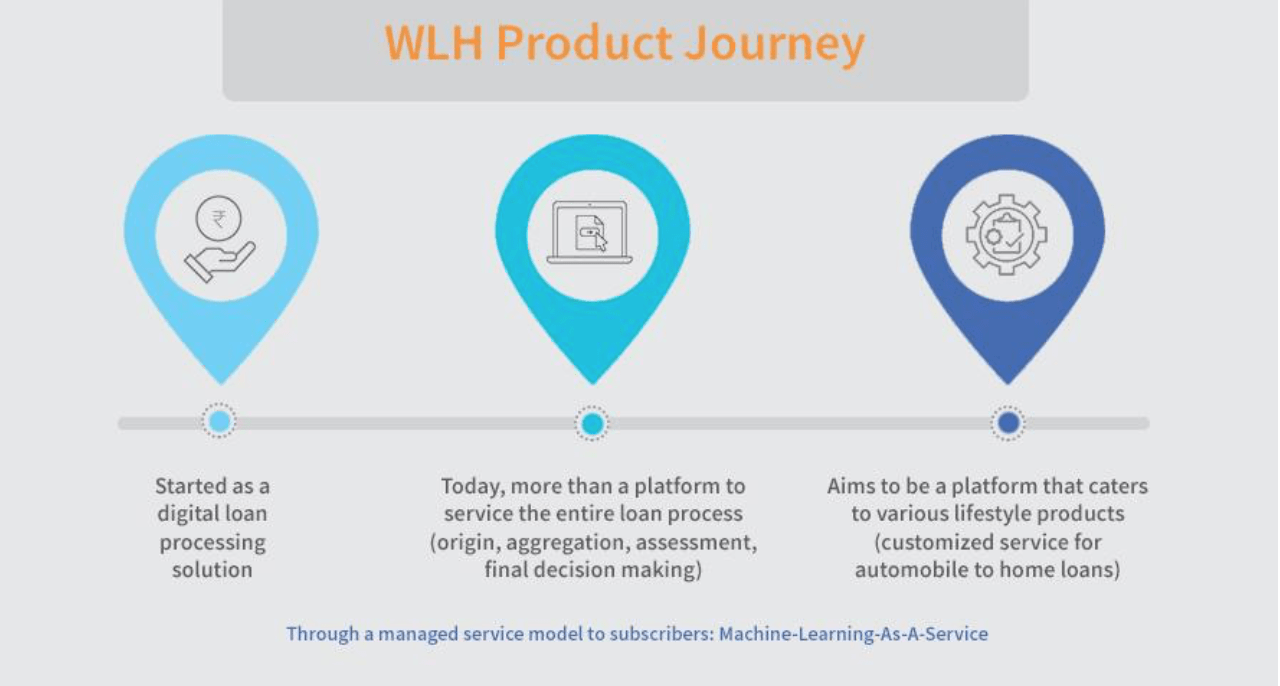
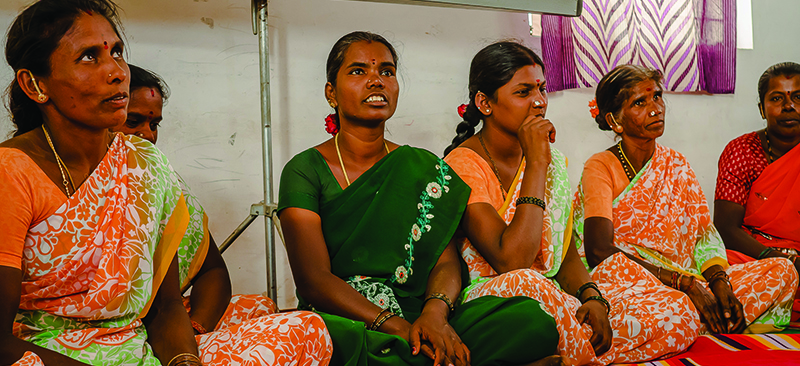
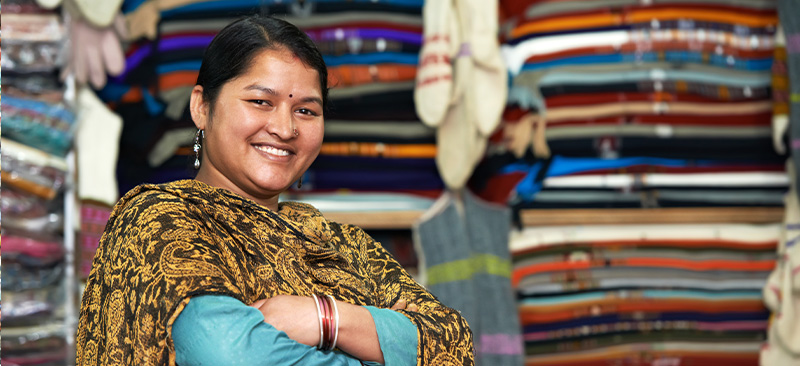



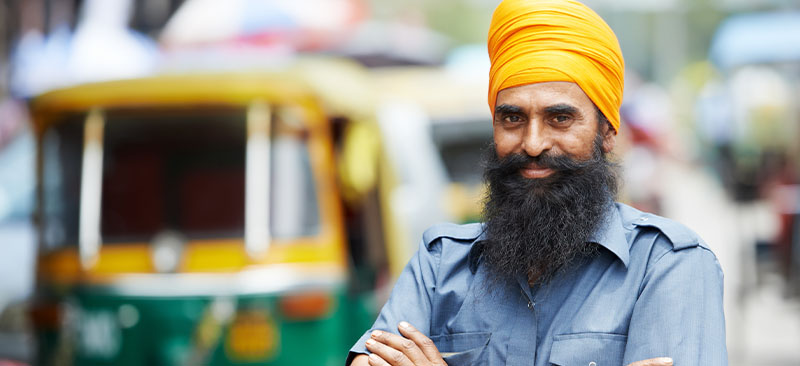

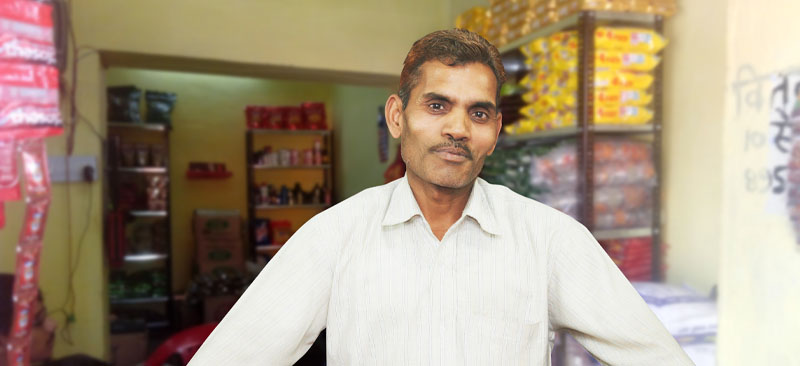
 As a young boy living in a small town, Nishant often bought grocery from his regular store next door. But for a few remaining items he always had to wander around different stores in the neighbourhood. It left him wondering if a one-stop solution was ever possible. Now over the years, while smartphones and internet have transformed lives and businesses, the situation in markets back home had not changed much.
As a young boy living in a small town, Nishant often bought grocery from his regular store next door. But for a few remaining items he always had to wander around different stores in the neighbourhood. It left him wondering if a one-stop solution was ever possible. Now over the years, while smartphones and internet have transformed lives and businesses, the situation in markets back home had not changed much.